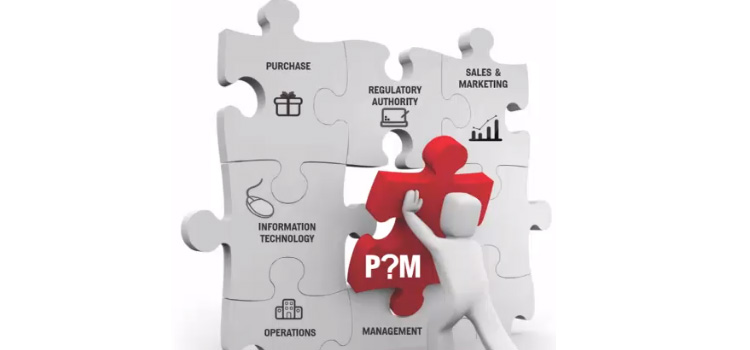

Companies are always looking for innovative ways of improving their operational efficiency. Due to the advancements in technology and overall process changes, cross-departmental collaboration grew more complex with each passing year. Earlier, design files were 2D, instead of 3D. And with 3D CAD files becoming the norm and the advent of newer products, managing product data has become both critical and confusing. Product lifecycle management (PLM) and product data management (PDM) software have both been developed as a solution to this problem. In this blog, let us go through the importance and relevance of PDM/PLM for your business.
PDM – Product Data Management:
As the name suggests, PDM is used for managing your design files efficiently. CAD files are used to make everything from rapid prototypes to the actual product that comes off the assembly line, so they must be maintained clearly and consistently in your system. Adding to the challenge, CAD files can have multiple attached elements, like 2D drawings, parts files, and assembly files.
PDM systems are designed to tackle exactly that – manage CAD files, offer version and revision controls, enable you to see the history of your product’s evolution and ensure that everyone is working with the most current design. PDM also encourages collaboration among designers and engineers, resulting in increased overall productivity.
PLM – Product Lifecycle Management:
Product lifecycle management (PLM) takes charge of the processes involved throughout a product’s lifecycle. This enables the product design and production processes to be managed from product modeling all the way to manufacturing and logistics. PLM is essential for highly complex products.
PLM enables an organization to streamline its processes, establish accountability, and ensure transparency which in turn drives process improvement. Even though PLM systems are not needed for every product designer or company, implementing it might create the much-needed impact by helping you manage your product’s development much easier – especially if there are multiple departments working on a single product.
Conclusion:
While PDM is focused on managing the specific design files that go into creating your product, PLM allows you to manage every aspect of your product, from its conception to its retirement (i.e., the product’s full lifecycle). In simple terms, PDM is only for the design department while PLM is for the entire Company. Could your product design process benefit from a PDM or PLM solution?
At Trikonic, we can build the system you need from a simple bridging application to a more comprehensive PDM or PLM solution. Let our experts streamline, automate and simplify product data and lifecycles for you.
